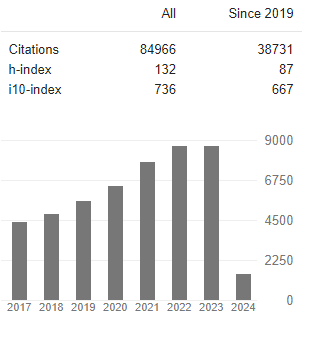Unraveling the Mystery of Canavan Disease: A 100 Year Chronicle of Key Events
Abstract
MH. Baslow
In the early 1900’s, in a small geographical region in northeastern Europe, a mysterious early-onset human malady was brought to the attention of physicians. In this disease, children appeared normal at birth and met usual developmental milestones up to the age of about 4-5 months. At that time, infants began to lose muscle tone and could no longer control their head movements. The disease was progressive, and by age 2, characterized by enlargement of the head, spastic responses to stimulation, and a general listlessness. By age 3, blindness was apparent and there was extension and posturing of limbs due to uncontrolled muscle contractions. Death usually occurred between ages 3-4. In large family’s common at that time, there could be 2-3 afflicted children out of a total of 8-9 siblings. There is no metric to measure pain and suffering of CD children, but we can measure progress made over the past century in solving the mystery. At the present time, there are great expectations that a human cure is possible since a mouse model of CD was recently shown to be completely cured by an unusual genetic engineering outcome. In this short review are chronicled key findings made over the past 100 + years that have led to identification of the genetic and cellular etiology of CD, and the reasons for such encouragement.




